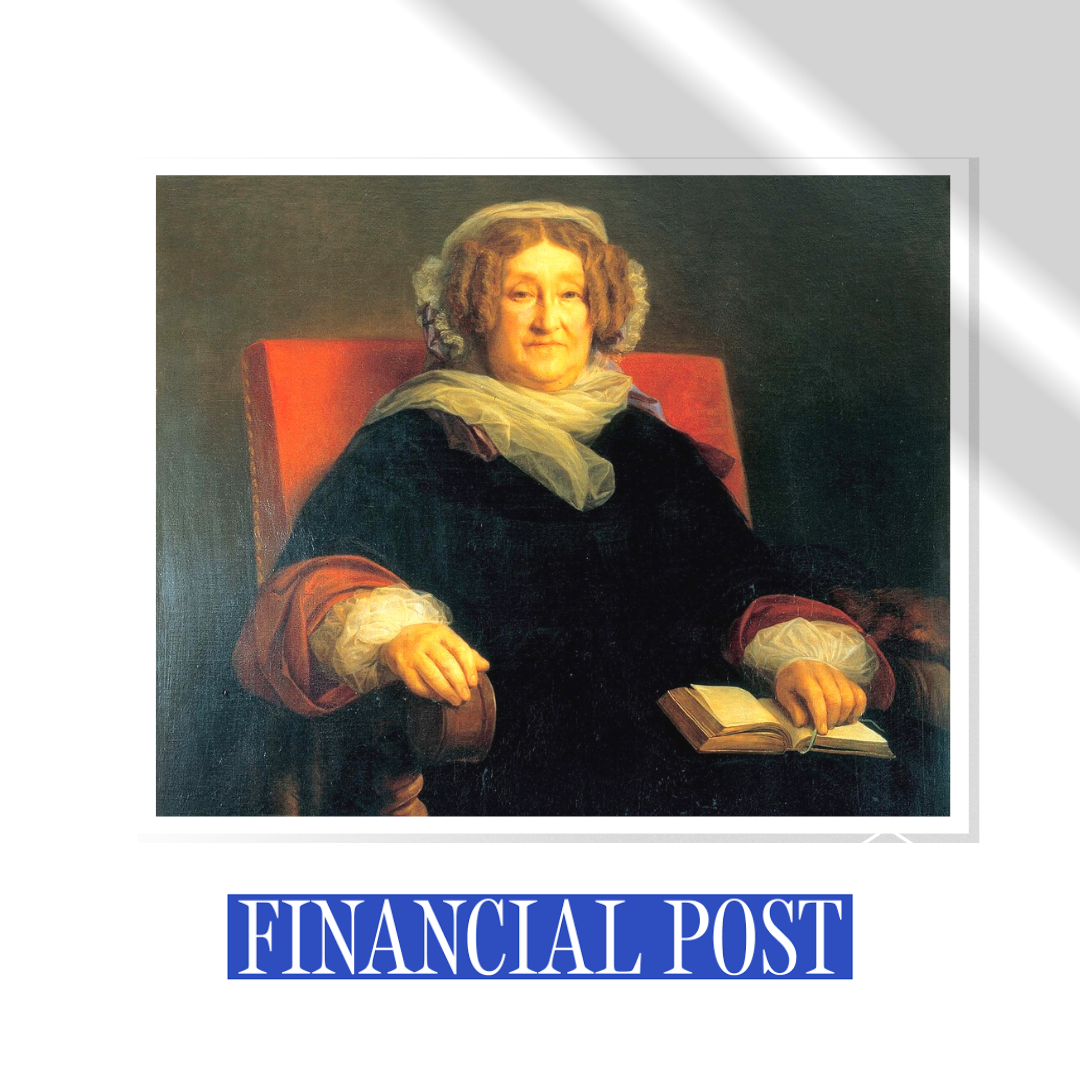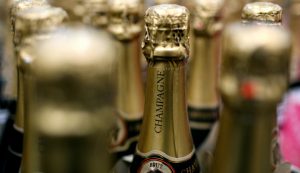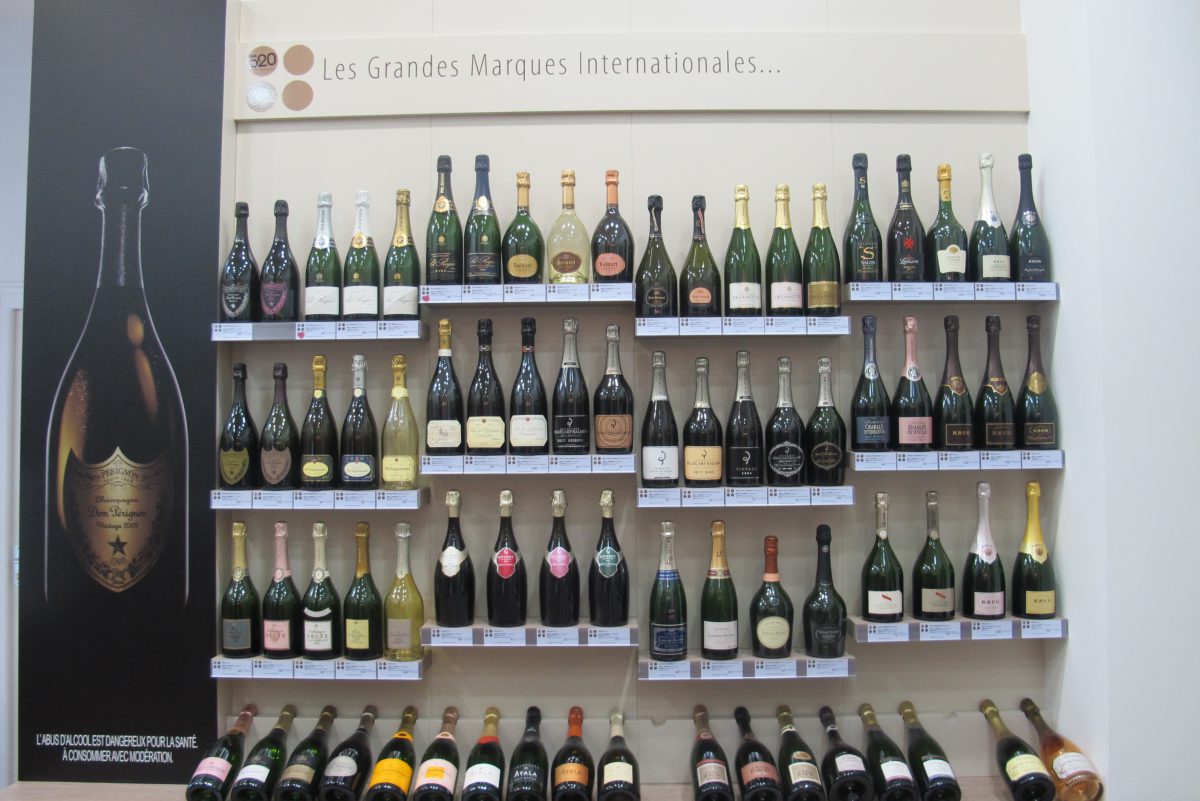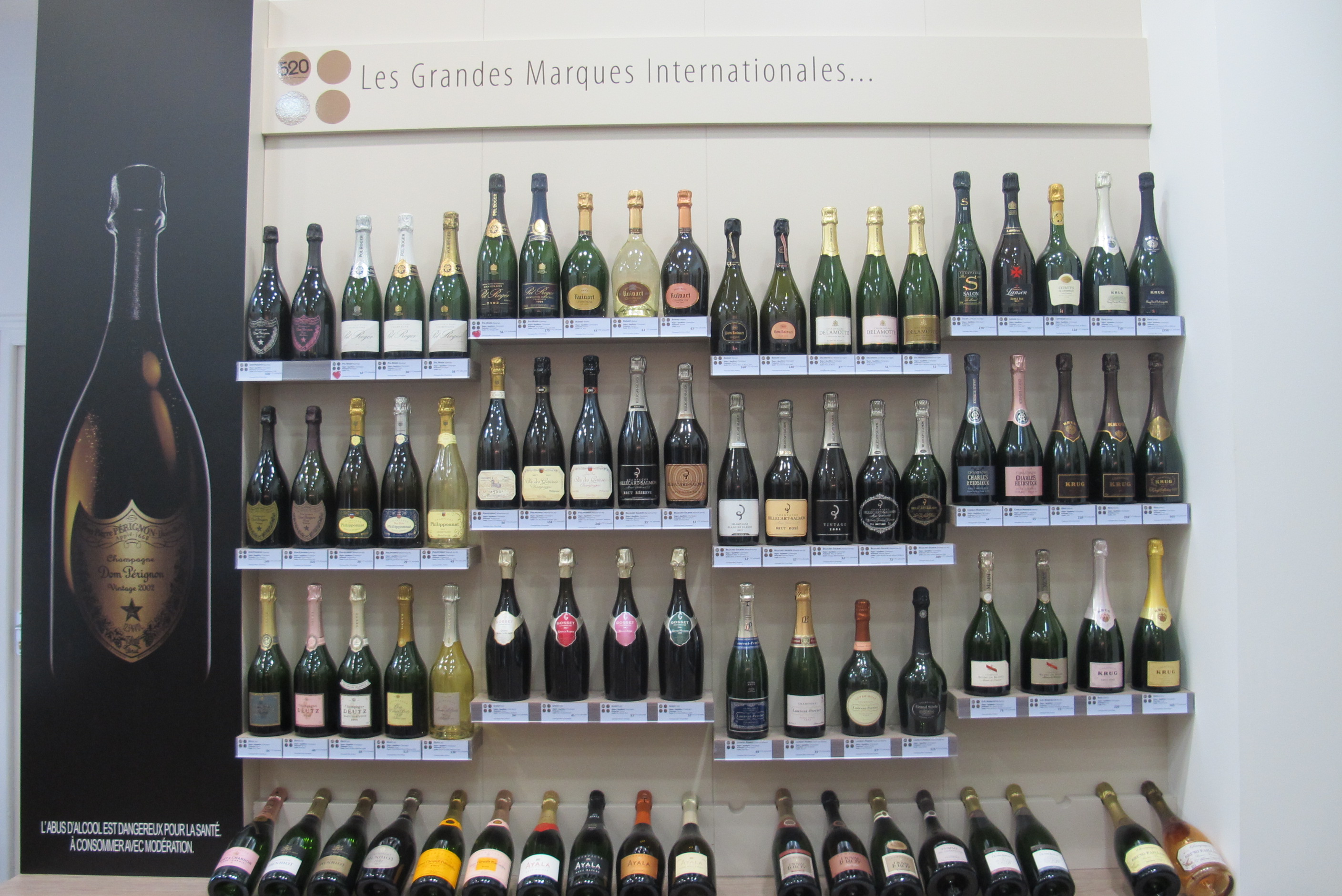In this special Madame Clicquot feature, I state: “Madame Clicquot’s success was exceptional, given the early 19th century’s oppressive, Napoleonic expectations of women in which they were expected to stay home, have children, and keep quiet”“They did not have the right to vote, could not attend university, nor open a bank account in their own name. None of that for La Grande Dame Barbe-Nicole.”
Madame Clicquot was married at 21 and widowed at 27 in 1805. Against considerable opposition, she wanted to take over her husband’s business and approached her father-in-law with a proposal and convinced him to let her manage it. Philippe agreed, with one condition, that she must go through an apprenticeship, which proved to be a success. Success – Madame Clicquot become the first woman to take over a champagne house and was the first “female” champagne producer.
Veuve Clicquot continues to thrive today, and it became a force in the industry due to Madame Clicquot being an extraordinary and cleaver businesswoman.
The Strength and Friendship of Women in Champagne 🍾
While doing research for this piece, I found a Harvard Business Review Study from 2017, entitled “A Study of the Champagne Industry Shows That Women Have Stronger Networks, and Profit from Them” – this is an interesting read.
I have also witnessed this firsthand when I visited the region multiple times 6 years ago. I was conducting research for my book “The Ultimate Guide To Champagne” and was interviewing female CEOs running champagne houses. During my many meetings, lunches, and dinners with these female leaders I found that have bonded together and do meet every few months over dinner to discuss their friendship, business and the industry as a whole.
Honoured and thrilled to be Inducted into the Champagne fraternity The Order of the Coteaux (Paris) in 2021, as a Knight. Over the past few years, I’m happy to see more and more women inducted into this fraternité, and in addition more women added to the Chapter Council. I’m looking forward to attending in June the Chapter de La Fleur de Vigne, Versailles, Paris and catching up with some female members.
Click here for the article ➡️ https://canadianfamilyoffices.com/family-business/this-valentines-day-raise-a-glass-to-the-widow
#veuveclicquot #womeninwine #womeninwinebusiness #womenleaders #veuveclicquotcanada #veuverose #brutrose #champagne #popbottles #bubbles #LiveClicquot #quotes #wine #madameclicquot #yellowlabel #champagne #champagnelover #champagnelife #winelover #champagnetime #financialpost #vday #valentinesday







